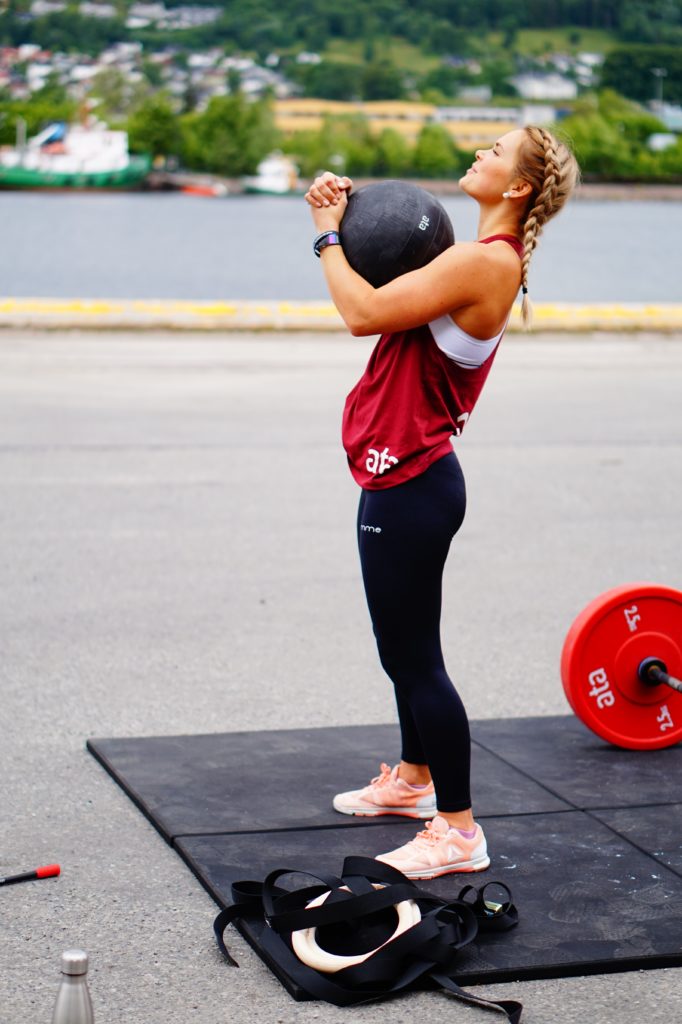What is a sports hernia?
A sports hernia is a weakening of the lower abdominals. Essentially, it is a strain or tear of any soft tissue (muscles, tendons, ligaments) in the lower abdominal or groin area due to an imbalance. The most common mechanism of injury is through a rapid change of direction or rotational (twisting) movement.
Sports hernias aren’t so different to the traditional inguinal hernias as they both occur in the same region. However, unlike the common inguinal hernia, a sporting hernia cannot be felt via a bulge in the lower abdominal area.

What does a sports hernia feel like?
Typically you may feel severe pain during the time of injury, and persistent pain with any twisting or intense abdominal contraction. Whilst not doing any strenuous activity it will not be bothersome. However, during intense activity or movements the pain will re-emerge. If not taken care of, a sporting hernia may evolve into a more common inguinal hernia.
If you have trouble or experience pain getting out of bed (sit up position) or turning whilst carrying heavy groceries (twisting). There’s an increase in likelihood of a sporting hernia, where further investigation by your health professional might be necessary. Medical imaging may be required, as well.
How do you prevent and manage a hernia?
Unfortunately, there is no specific prevention other than keeping your core strength in balance. Here are some exercises to minimise the risk of this of suffering a sports hernia:
-
-
-
Side planks
-
Contralateral lunges
-
Squats
-
½ kneeling medicine ball press
-
Glute bridges on a bosu board
-
-
If you feel you may have a sports hernia or another type of injury, book in for a virtual physiotherapy appointment now! Give us a call at 8599 9811.

